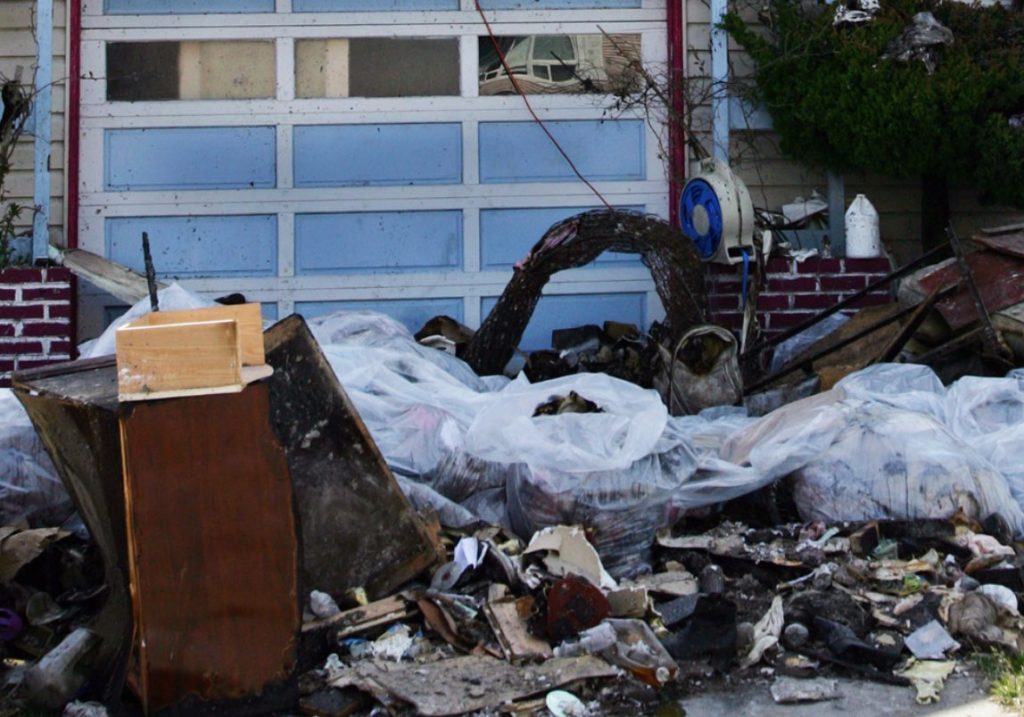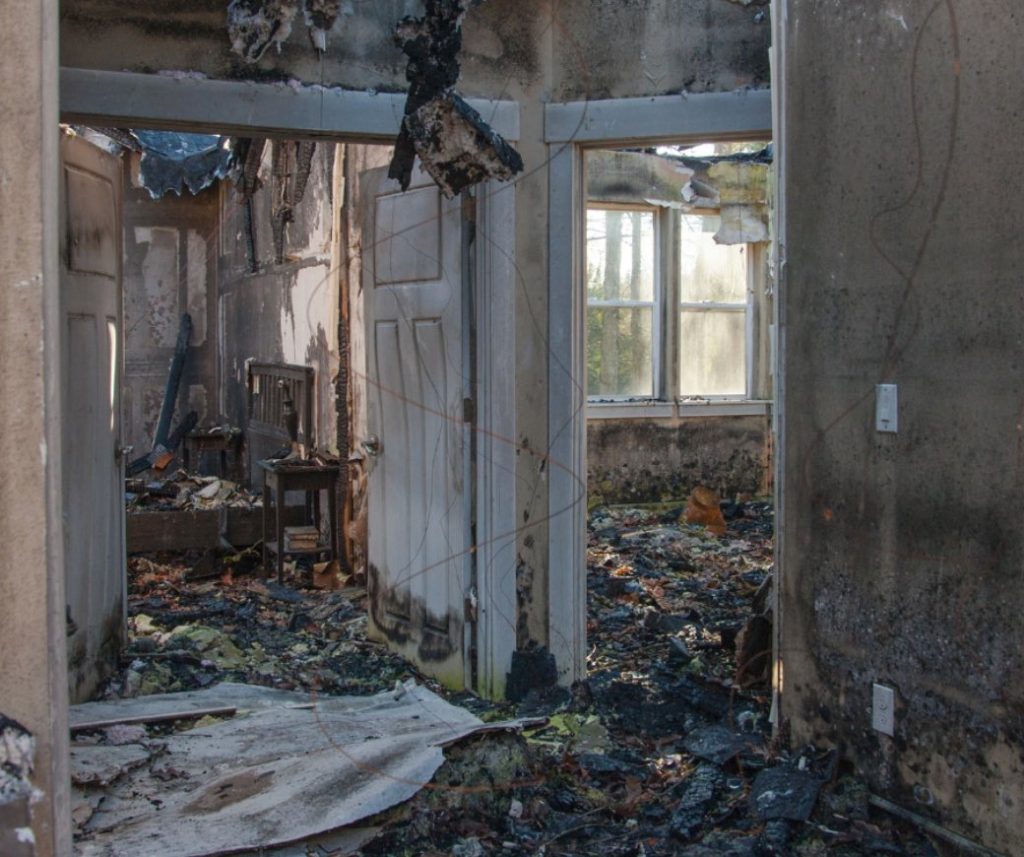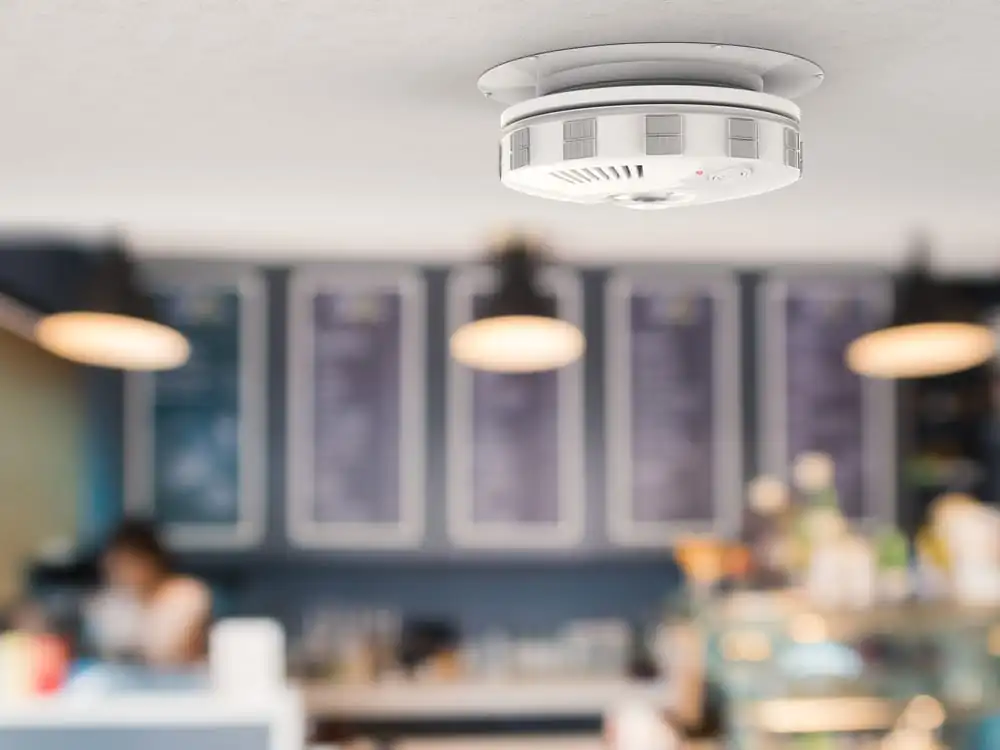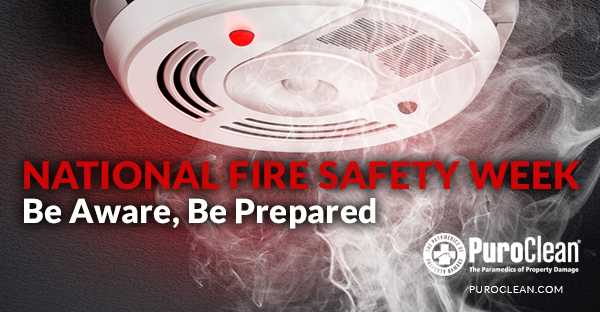Fire damage can be devastating, leaving behind a trail of destruction that can be overwhelming to clean up.
But quick action is crucial as it can prevent further damage and help restore your property faster.
This guide is here to help, outlining seven essential steps for effective fire damage clean up.
From safety precautions to smoke damage restoration, we’ve got you covered. We’ll walk you through each step, providing practical tips and advice.
Let’s dive in and start the journey towards restoring your property.
Step 1: Ensure Safety First
After a fire, safety is critical. Assess structural stability and watch for hazards like electrical risks. Consult professionals if unsure about entering.
Wear protective gear such as masks, gloves, goggles, and sturdy footwear to avoid harmful particles and injuries. Secure the property by boarding windows and stabilizing loose structures to prevent further damage or theft. Always prioritize safety.
Step 2: Assess the Damage
A thorough damage assessment is vital after a fire to plan an effective cleanup. Inspect all affected areas for structural issues, charring, smoke stains, and hidden damage in walls, ceilings, or attics.
Professional fire damage restoration experts can provide detailed analyses with specialized tools, ensuring nothing is missed.
Document everything for insurance purposes—take clear photos, create an inventory, and note damage severity. Proper documentation helps expedite claims and supports a smoother recovery.
Step 3: Ventilation and Odor Control
Improving air quality is key after a fire. Open windows and doors to circulate fresh air and reduce smoke odors.
For stubborn odors, consider professional methods like thermal fogging or ozone treatments, which neutralize odors deep within materials. Air scrubbers and HEPA vacuums also help by filtering smoke particles and cleaning soot from surfaces.
Additional tips:
- Use fans near open windows to boost airflow.
- Apply deodorizing sprays or gels.
- Replace HVAC filters to prevent recirculating smoke.
Effective ventilation and odor control create a healthier environment, making the property livable faster.
Step 4: Soot and Debris Removal

Prompt soot and debris removal is essential after a fire. Wear protective gear, and use HEPA vacuums to capture fine soot particles safely.
For cleaning, use dry cleaning sponges on walls and ceilings, avoiding water on dry soot to prevent smearing. For hard surfaces, test mild cleaning solutions before use.
Dispose of damaged materials responsibly. Separate electronics, hazardous waste, and general debris, following local disposal guidelines to minimize environmental impact.
Key tips:
- Use proper tools like HEPA vacuums and safe cleaning agents.
- Adhere to local disposal rules for hazardous items.
- Work systematically to clean thoroughly.
These steps create a safer, cleaner space, setting the stage for full restoration.
Step 5: Clean, Sanitize, and Disinfect
Thorough cleaning is vital after a fire to remove residues and create a safe environment. Clean to eliminate debris, sanitize to reduce germs, and disinfect to kill pathogens effectively.
Address water damage promptly to prevent structural issues and mold. Drain standing water, dry affected areas using dehumidifiers or fans, and monitor for complete drying.
Prevent mold and mildew by using mold inhibitors and maintaining proper ventilation. Inspect regularly, and consult professionals for safe removal if mold appears.
Key steps:
- Use appropriate cleaning and disinfecting products.
- Dry thoroughly to avoid mold growth.
- Monitor for moisture-related issues.
Diligent cleaning ensures the property is safe, healthy, and ready for restoration.
Step 6: Salvage and Restoration

Sorting through items after a fire is crucial. Focus on salvaging valuable or sentimental possessions like jewelry, clothing, and certain electronics. Act quickly to prevent further damage.
Evaluate whether to restore or replace items by weighing restoration costs against replacement value. Heavily damaged items may be more practical to replace. For uncertain cases, consult professionals for guidance.
Restoration experts can save items that seem beyond recovery. Their specialized tools and knowledge increase the likelihood of successful restoration. Hiring certified professionals ensures better results and informed decision-making.
Key actions:
- Prioritize essentials and valuable items.
- Assess restoration costs vs. replacement value.
- Rely on experts for complex restoration tasks.
A strategic approach to salvage and restoration helps recover cherished items and supports a smoother return to normalcy.
Step 7: Consultation and Prevention
Engaging insurance and restoration professionals is crucial after a fire. Contact your insurer promptly to start the claims process, providing detailed damage documentation for accurate reimbursement. Restoration experts can evaluate repair needs, streamline claims, and ensure a thorough recovery.
Prevent future incidents by assessing your property’s fire safety systems. Install smoke detectors, fire extinguishers, and sprinkler systems, and conduct regular maintenance. Practicing fire drills and updating emergency protocols enhance preparedness and safety.
Key actions for prevention:
- Maintain communication with insurance and restoration professionals.
- Use smart systems for fire monitoring and alerts.
- Regularly evaluate and update safety measures.
Consultation and prevention efforts strengthen fire resilience, offering peace of mind and long-term security for your property and loved ones.
Conclusion
Fire damage can be overwhelming, but following essential steps—from ensuring safety to thorough cleaning and restoration—can make the process more manageable. While some tasks can be handled independently, professional assistance is crucial for effective and efficient recovery.
If you’re dealing with fire damage, trust PuroClean Disaster Mitigation in Alsip, IL, to help restore your property and peace of mind. Our experienced team uses specialized equipment and proven methods to ensure a safe and thorough recovery.
Call us today to take the first step toward rebuilding your property and future.




 PuroClean Disaster Mitigation
PuroClean Disaster Mitigation